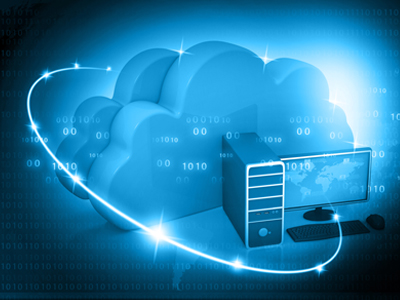Switching to cloud isn’t simply switching one technology for another. There’s a whole set of non-technological changes that come along with cloud as your organization adapts its operations, support, and management structures to match the needs of cloud.
The traditional focus of those processes is significantly altered due to cloud. When technology resides in the data center, your teams are responsible for ongoing maintenance and support. There’s an emphasis on keeping up with patches and upgrades, replacing obsolete or overloaded hardware, building redundancy to ensure high availability and minimize downtime, and managing outages when they occur.
With the shift to cloud, most of that work is handled by the cloud provider. Managing and supporting your cloud resources requires a shift of attention to these new aspects:
1. Change control
Before cloud, there may have been some shadow IT, but most IT changes went through an approvals and provisioning process that ensured the choices were appropriate and configured properly. Cloud’s self-service capability eliminates that lengthy process, which has the advantage of increasing flexibility, but reduces the control. Proper management in the cloud requires developing a process to track changes and ensure they continue to meet business needs.
2. Cost control
When technology resided in the data center, most cost concerns were addressed during the purchase approval process. Keeping systems running didn’t affect costs significantly and spending wasn’t a focus of data center teams. With cloud, however, costs aren’t a one-time factor; they’re ongoing, they accumulate, and data center processes, such as automatically shutting down instances at end of day, can have a significant impact on charges.
3. Security
While security should have been a significant focus of every data center, with the shift to the cloud, it becomes an absolute necessity. Understanding how security is handled by the cloud provider and what your business needs to layer on top is essential to ensuring systems are protected.
4. Integration and hybrid management
Management will need to make more complex decisions to decide where resources should be located. Multicloud, hybrid cloud, and hybrid IT strategies mean integrating systems and data residing at different sites. Network capacity and reliability, along with security and compliance, need to be a focus in order to ensure these connected systems run smoothly.
5. Automation
Applying changes and enforcing policies in cloud can’t be handled manually. There are too many systems on too many platforms, and because of cloud’s dynamic nature, the set of affected systems changes constantly. Businesses need to increase their usage of automation to ensure that all systems are updated consistently and correctly.
VAST IT Services helps businesses address all these new cloud management challenges. VAST View provides visibility into cloud, along with cost optimization and orchestration. Contact VAST IT Services to learn more about how switching to cloud affects your IT management.



